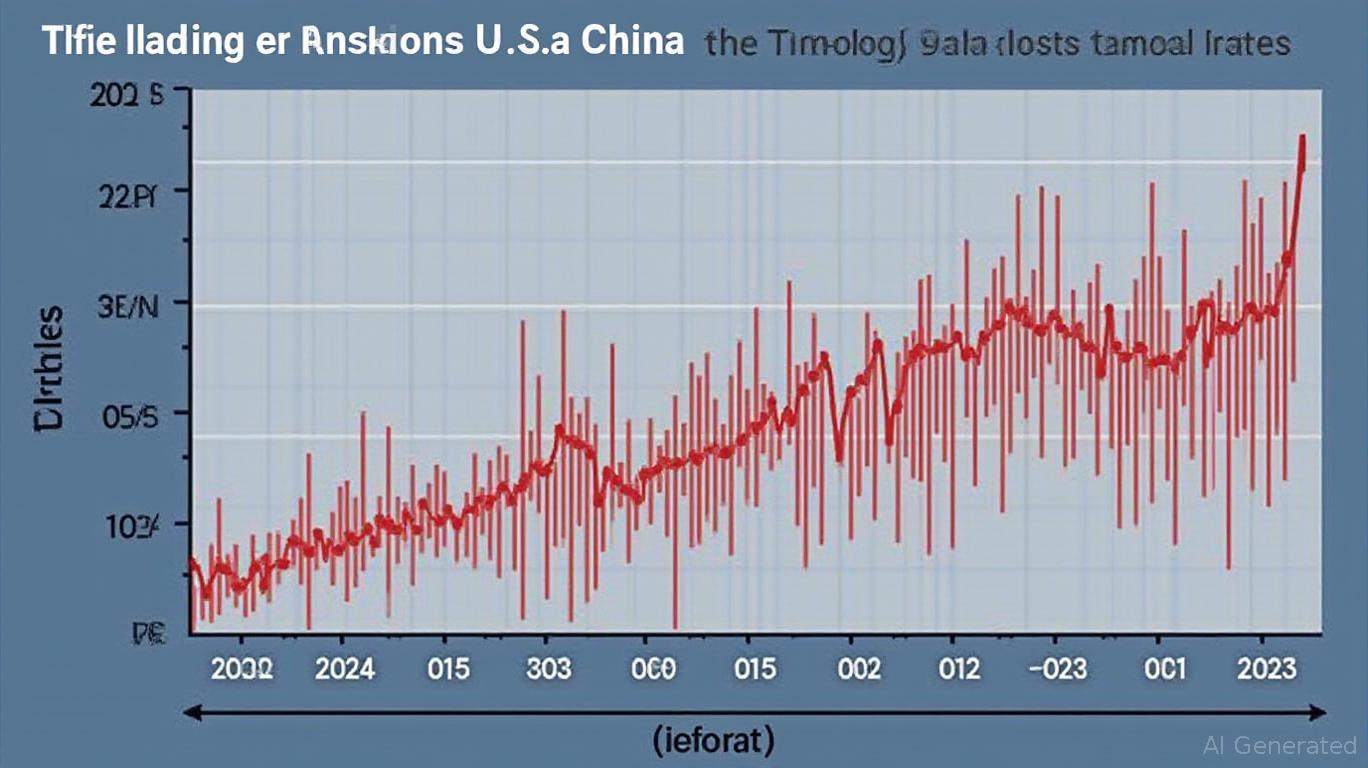Navigating the Tariff Tightrope: Singapore's Critical US Trade Talks
As Singapore and the United States engage in high-stakes negotiations over pharmaceuticals and semiconductors, the outcome could reshape trade flows, investment opportunities, and economic stability for both nations. With U.S. tariffs set to disrupt Singapore’s export-driven economy, the talks hinge on securing exemptions for two of its most vital sectors: pharmaceuticals and advanced semiconductors.

Pharmaceuticals: A Critical Lifeline
Pharmaceuticals account for over 10% of Singapore’s exports to the U.S., making this sector a linchpin of its economy. The good news for investors is that U.S. tariffs explicitly exempt pharmaceuticals from the new 10% baseline duty, shielding Singapore’s drug manufacturers from immediate disruption. However, the negotiations are far from settled. Singapore’s Trade Minister Gan Kim Yong has noted that while progress is being made, the deal remains “not a done deal yet.”
The exemption’s permanence depends on Singapore’s ability to reassure the U.S. that its pharmaceutical exports comply with strict regulatory standards. For investors, this means monitoring companies like Thermo Fisher Scientific (TMO) and Lonza (LONN)—key players in Singapore’s biopharma ecosystem—to gauge how tariff dynamics might affect supply chains and pricing.
Semiconductors: The AI Chip Crucible
The semiconductor negotiations are even more complex, particularly around advanced AI chips. Singapore relies on U.S. semiconductor exports for its tech-driven industries, yet the U.S. has raised concerns about compliance with export controls. The U.S. Commerce Secretary Howard Lutnick has emphasized the need for “creative solutions” to balance trade interests without stifling innovation.
Here, Singapore’s exemption from the 10% tariff on semiconductors under Annex II of the executive order is a lifeline—but it’s conditional. The recent prosecution of three Singaporeans for allegedly diverting NVIDIA (NVDA) servers to Malaysia underscores the risks of noncompliance. For investors, the fate of NVIDIA’s AI chip sales and its stock price fluctuations will be critical indicators of whether the U.S. trusts Singapore to police its supply chains.
Broader Economic Stakes
The U.S. tariffs have already taken a toll on Singapore’s economy. The government has slashed its 2025 GDP growth forecast to 0-2%, down from earlier estimates of 1.5-2.5%. With elections looming on May 3, 2025, political pressure to resolve the tariff dispute is mounting.
The U.S. measures also risk triggering retaliatory tariffs from Singapore, though the country has yet to announce such steps. For now, Singapore’s focus remains on preserving exemptions rather than escalation—a pragmatic stance given its reliance on U.S. tech and pharmaceuticals.
Risks and Opportunities Ahead
Investors should watch two key metrics:
1. Export Compliance: Singapore’s ability to enforce U.S. export controls will determine whether the semiconductor exemption holds.
2. Tariff Impact on Inflation: With the U.S. 10% tariff now in effect, Singapore’s consumer prices could rise, testing the government’s ability to manage cost-of-living pressures.
Conclusion: A Delicate Balance
Singapore’s negotiations with the U.S. are a high-wire act. The pharmaceutical exemption has insulated one pillar of its economy, but the semiconductor talks—and compliance risks—are a double-edged sword. If Singapore can secure long-term assurances, sectors like biopharma and tech could thrive. However, failure could deepen its economic slowdown, with the STI index and GDP forecasts bearing the brunt.
For investors, the path forward is clear:
- Buy into U.S. pharmaceutical giants like Pfizer (PFE) and Merck (MRK) if Singapore’s exports remain tariff-free, as their Singapore-based operations could see demand rise.
- Monitor NVIDIA (NVDA) for signs of regulatory trust—its stock performance will signal whether semiconductor ties are strengthening.
- Avoid Singaporean equities tied to non-exempt sectors, where the 10% tariff could squeeze margins.
With Singapore’s GDP forecast hovering near zero growth, the stakes couldn’t be higher. The coming months will test whether diplomatic finesse can outweigh protectionist pressures—and investors should be ready to pivot as clarity emerges.


_442a2dcc1749832873286.jpeg)
_e68fac6d1749831664430.jpeg)






